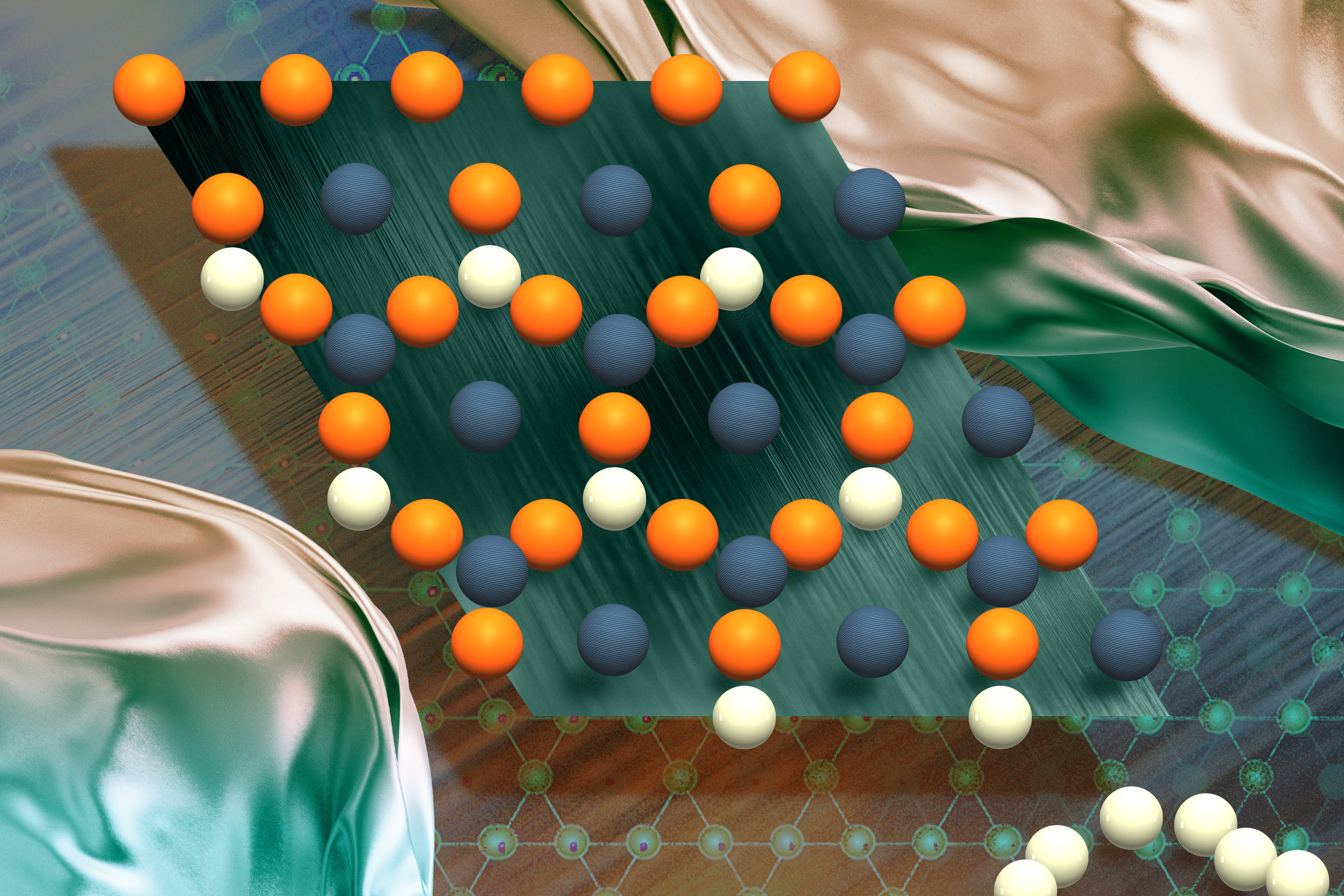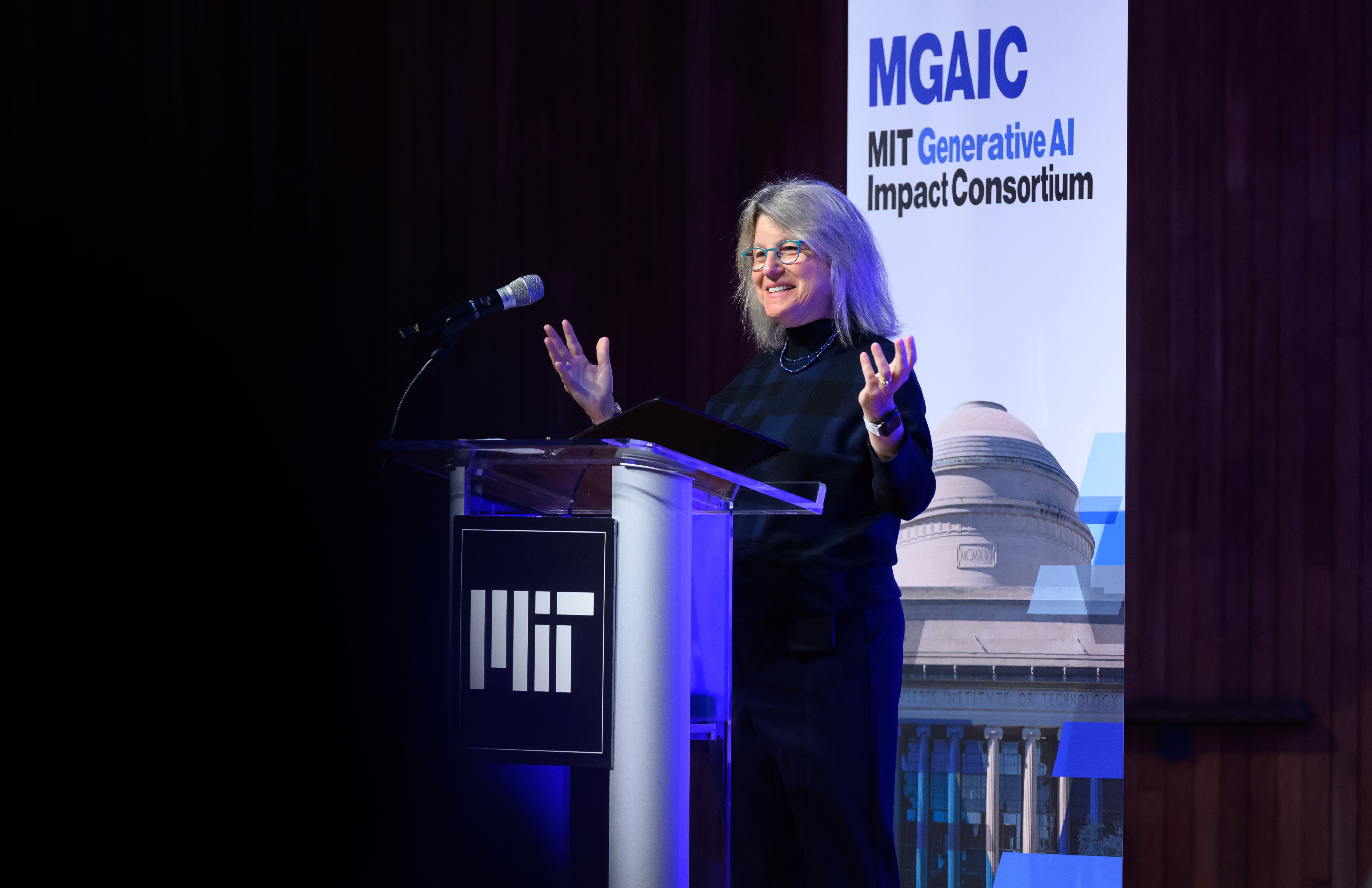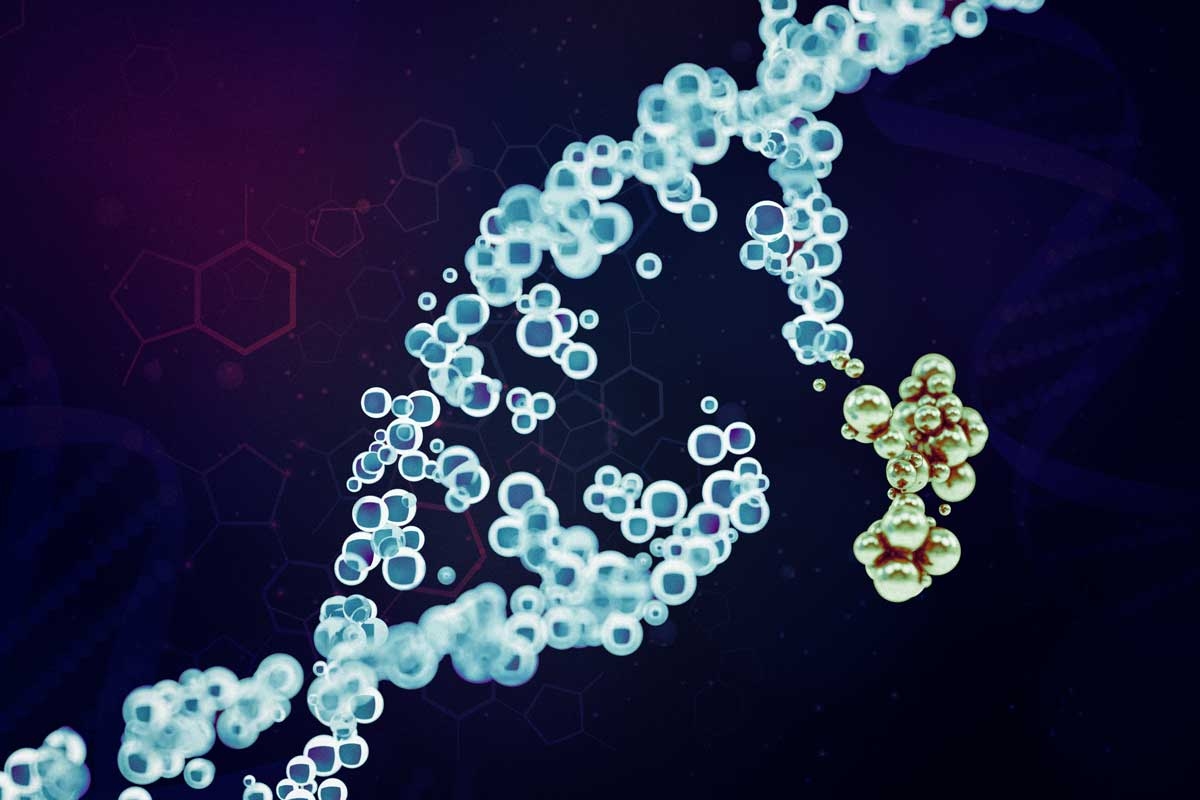 Technique makes complex 3D printed parts more reliableNew research enables computer designs to incorporate the limitations of 3D printers, to better control materials’ performance in aerospace, medical, and other applications.
Technique makes complex 3D printed parts more reliableNew research enables computer designs to incorporate the limitations of 3D printers, to better control materials’ performance in aerospace, medical, and other applications. MIT engineers develop a magnetic transistor for more energy-efficient electronicsA new device concept opens the door to compact, high-performance transistors with built-in memory.
MIT engineers develop a magnetic transistor for more energy-efficient electronicsA new device concept opens the door to compact, high-performance transistors with built-in memory.
- Technique makes complex 3D printed parts more reliableNew research enables computer designs to incorporate the limitations of 3D printers, to better control materials’ performance in aerospace, medical, and other applications.

- MIT engineers develop a magnetic transistor for more energy-efficient electronicsA new device concept opens the door to compact, high-performance transistors with built-in memory.

- MIT’s work with Idaho National Laboratory advances America’s nuclear industryThe collaboration has led to new fuels and a variety of other projects to enable clean, safe nuclear energy.

- New tool makes generative AI models more likely to create breakthrough materialsWith SCIGEN, researchers can steer AI models to create materials with exotic properties for applications like quantum computing.

- What does the future hold for generative AI?At the inaugural MIT Generative AI Impact Consortium Symposium, researchers and business leaders discussed potential advancements centered on this powerful technology.

- Could a primordial black hole’s last burst explain a mysteriously energetic neutrino?If a new proposal by MIT physicists bears out, the recent detection of a record-setting neutrino could be the first evidence of elusive Hawking radiation.

- A more precise way to edit the genomeMIT researchers have dramatically lowered the error rate of prime editing, a technique that holds potential for treating many genetic disorders.

- MIT geologists discover where energy goes during an earthquakeBased on mini “lab-quakes” in a controlled setting, the findings could help researchers assess the vulnerability of quake-prone regions.

Loading...


